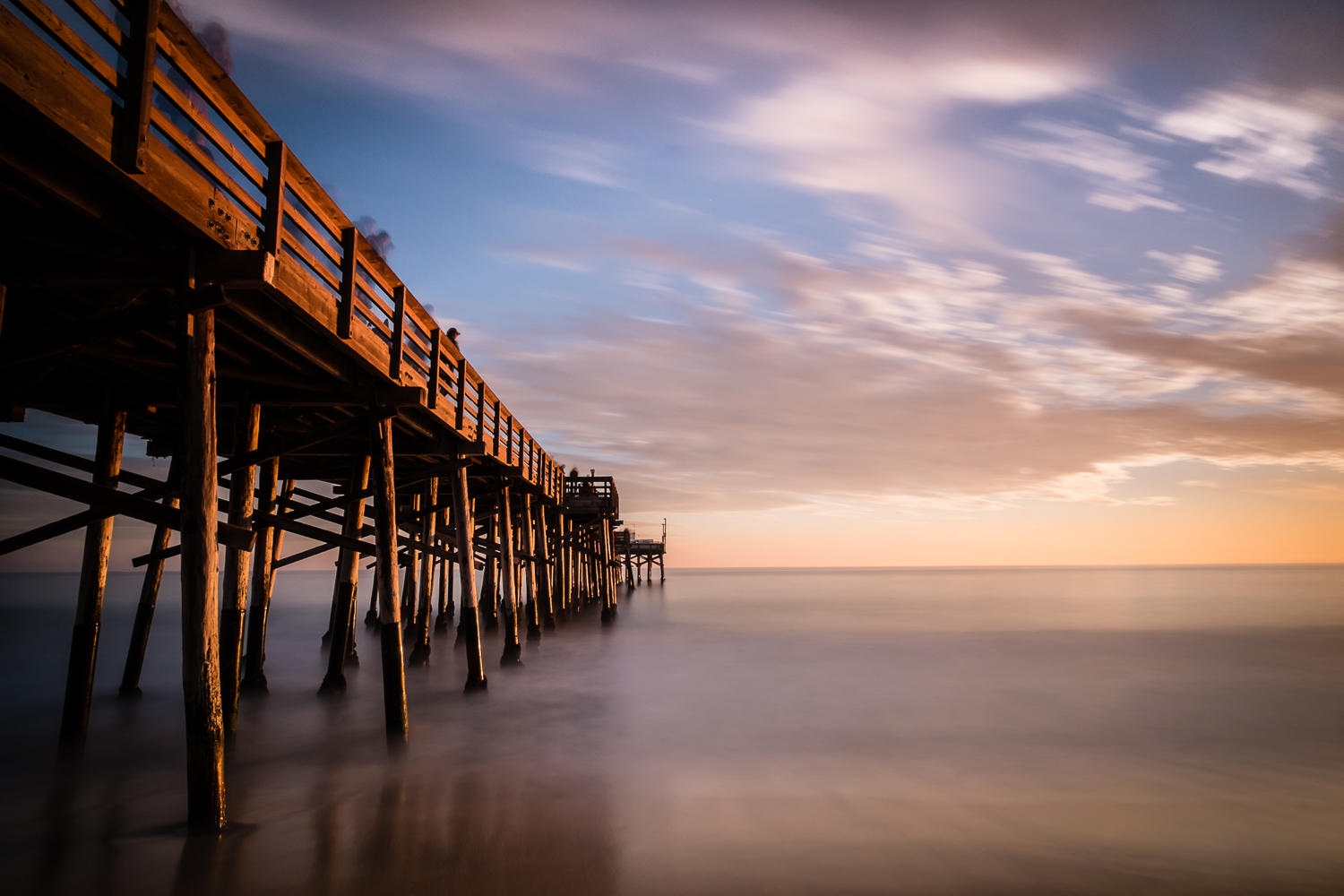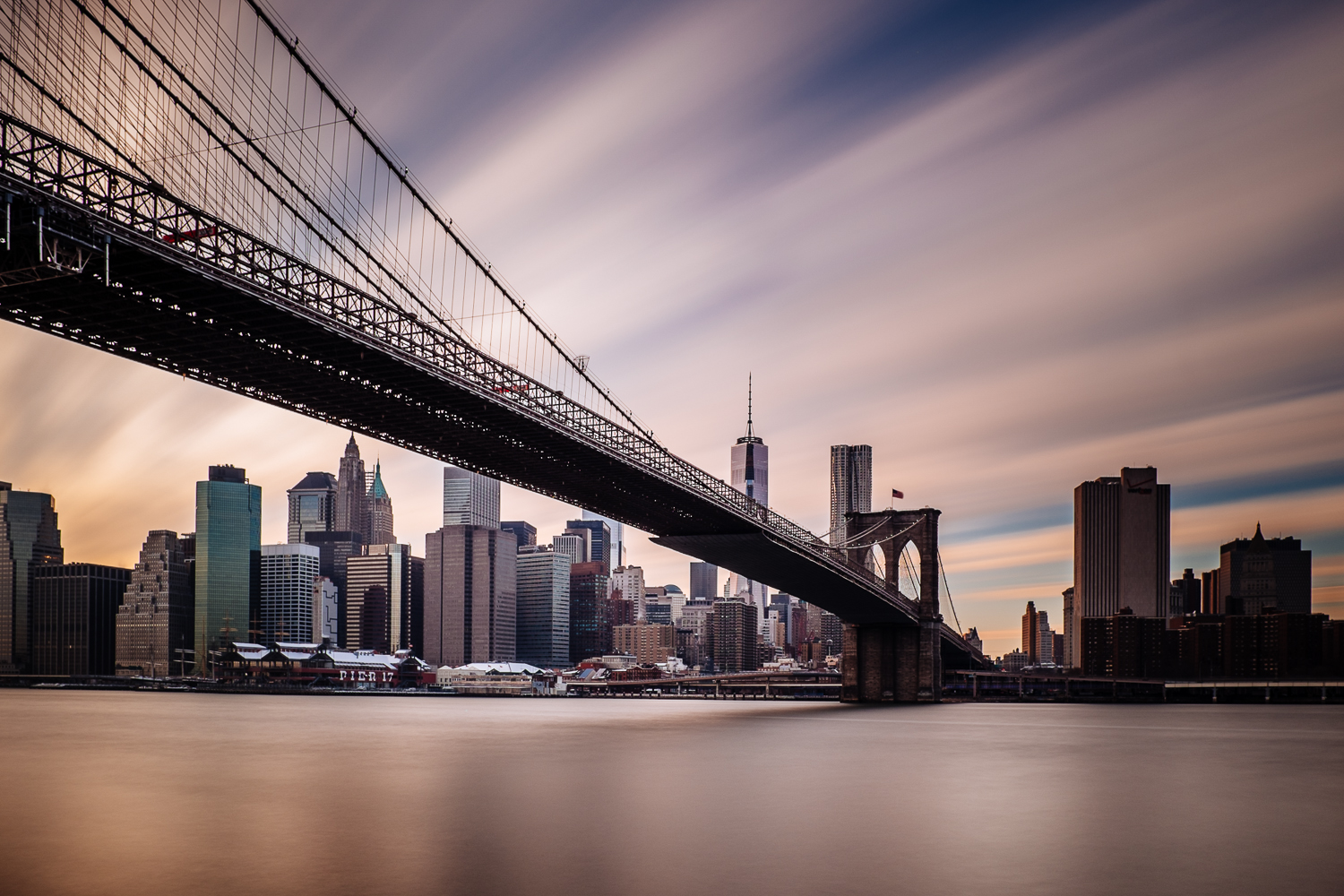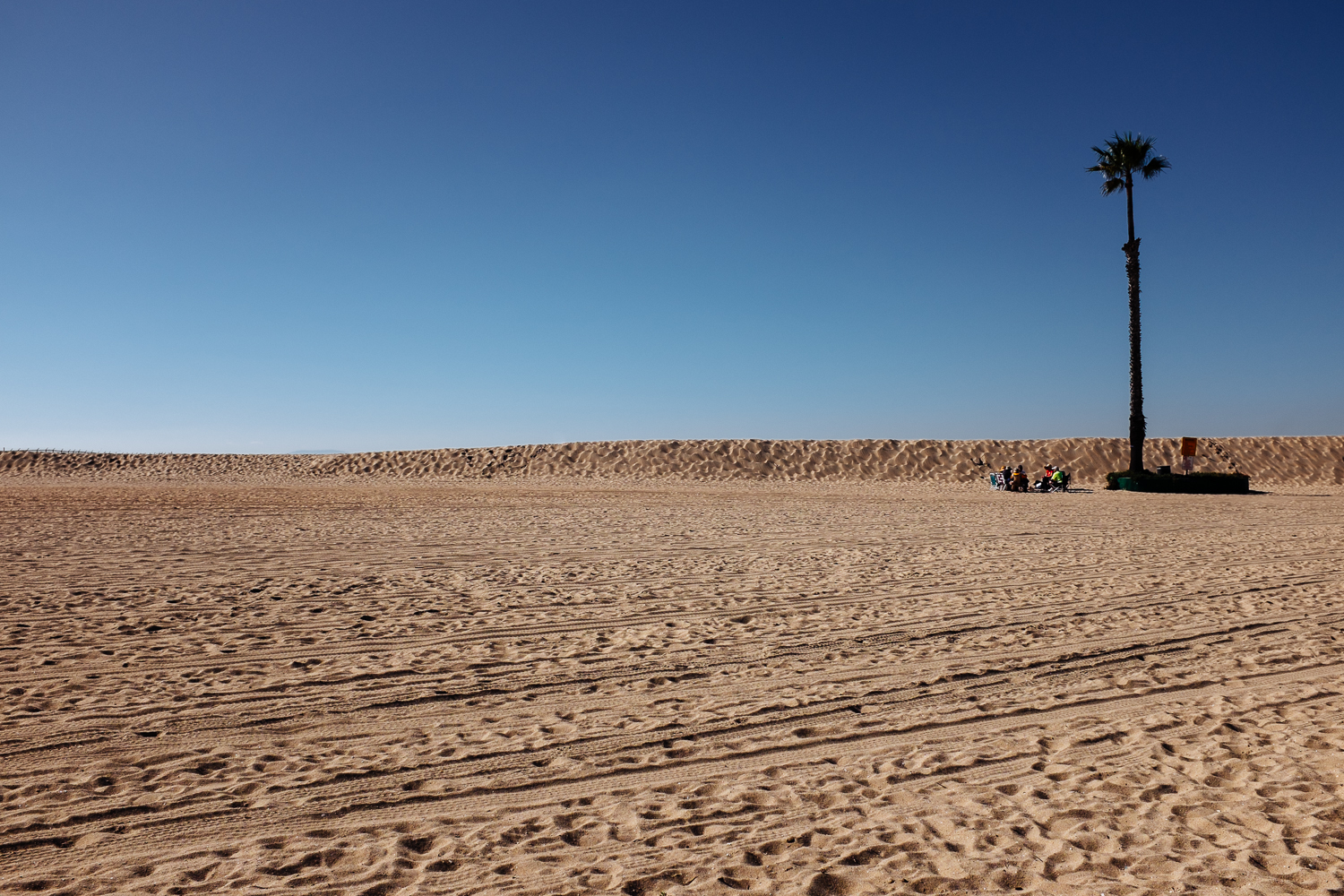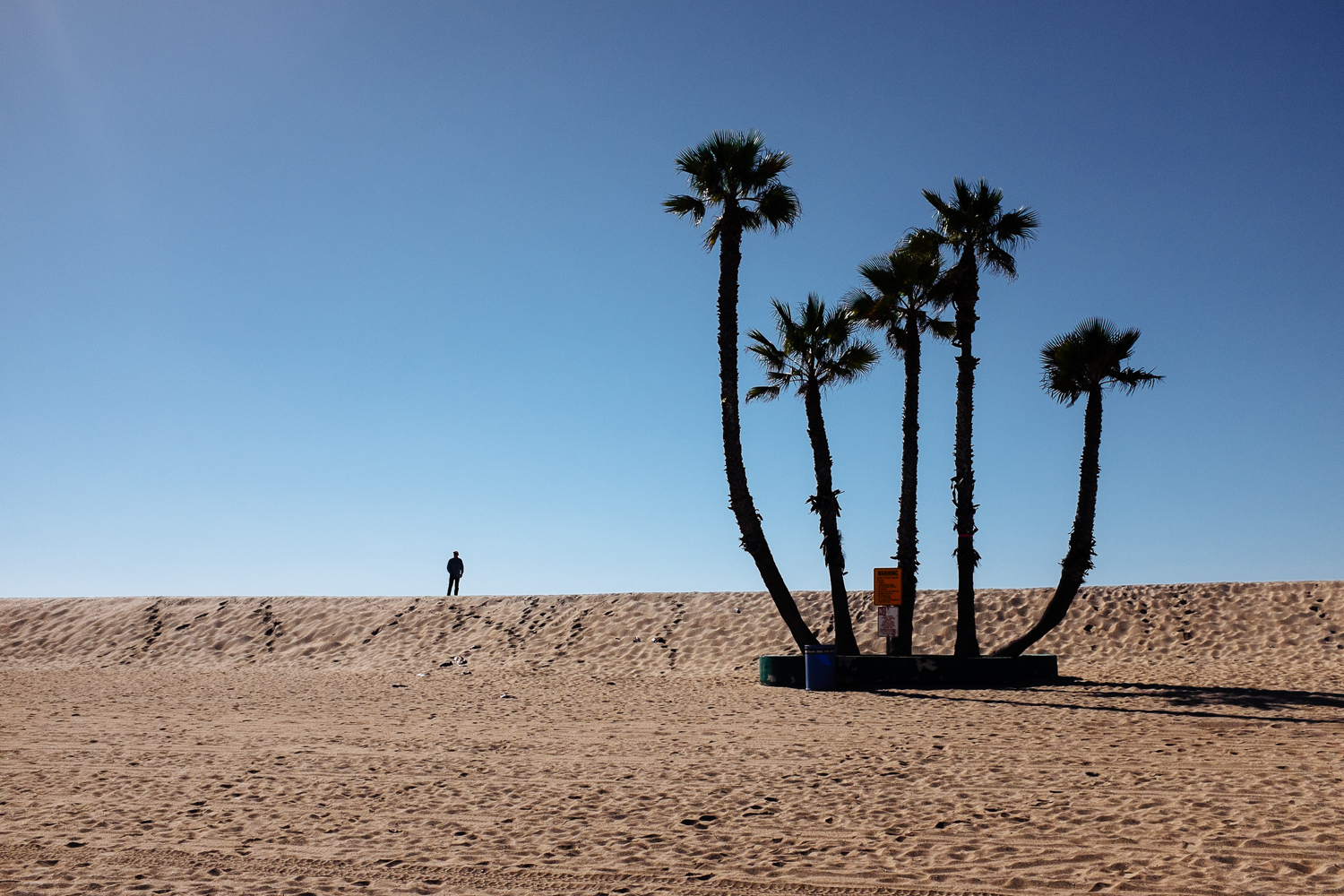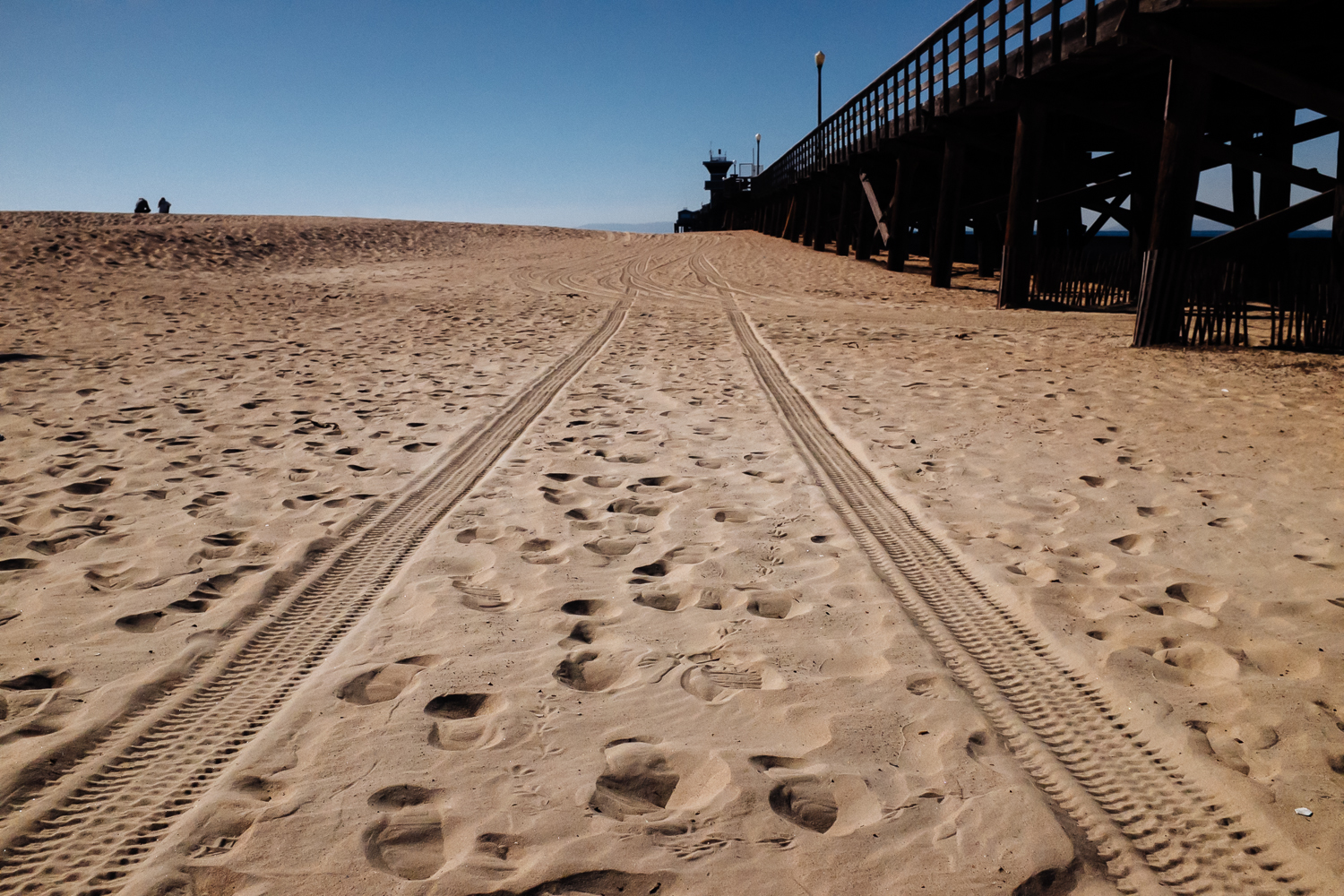I added the Lee Seven5 filter system to my long exposure photograph kit in October of 2013. Previously, I used round Neutral Density (ND) filters that screwed on to the front of my lenses. While these filters worked well for extending exposure times, I found myself struggling to get them off my lenses whenever I needed to refocus or recompose my shots. This problem was even more apparent when I was using a round 10 stop ND filter because I had to take it off to recompose nearly every shot.
Having used the Lee Seven5 system extensively, I wanted to share my thoughts on using it with my Fuji X series cameras. For those unfamiliar with the Lee Seven5 system, it consists of a filter holder that can hold two filters at a time, various resin and glass filters, and adapter rings with thread sizes between 37mm and 72mm. There is also a circular polarizer and lens hood available. The items I purchased included the filter holder, the 10 stop Big Stopper, the 3 stop (0.9) soft edge grad ND, and the 58mm and 49mm adapter rings. I use the 58mm adapter ring with my XF 14mm lens and XF 35mm lens (requires a 52 to 58mm step up ring) and the the 49mm adapter ring with my X100S. While there is an adapter ring designed for the X100 and X100S, I opted for the regular 49mm adapter ring because it works with the adapter ring I use for attaching a UV filter and the Fujinon Wide Conversion Lens I rent periodically.
Here are a few images of the Lee Seven5 system mounted on the X-Pro1 and XF 14mm lens.
As you can see, the system is relatively compact. This is because Lee designed the Seven5 system to be used with compact system cameras like the X-Pro1 and X100S. By reducing the filter width to 75mm, they were able to reduce the size of the filter holder and the other accessories as well.
To give you an idea of how the filters can change the look of your images, here are three images I shot at the Newport Beach Pier using the system.
X-Pro1 with XF 14mm - 1/8 seconds at f/8 (no filters)
X-Pro1 with XF 14mm - 1/8 seconds at f/8 (3 stop grad ND filter)
X-Pro1 with XF 14mm - 180 seconds at f/8 (3 stop grad ND filter and 10 stop ND filter)
The three images were shot one after another and only minor adjustments were made in Lightroom. From the last image, you can see that the 10 stop Big Stopper shifts the white balance and causes some vignetting with the XF 14mm lens. Having used a round 10 stop ND filter in the past, I can tell you that these issues are not specific to the Lee Big Stopper. For this reason, I almost always shoot in RAW when using ND filters because it lets me fix these issues easily in Lightroom.
Another potential issue to be aware of is caused by the white letters on the front of the Fujinon lenses. When using the Lee Seven5 system with the XF 14mm lens, I have seen reflections of the white letters show up in my images. This, in my opinion, is more problematic because it is much harder to fix after the fact. To deal with this problem, I have used black gaffer tape to cover the white letters on the front of all my lenses, including the X100S.
Overall, I am really impressed with the Lee Seven5 system. Everything I have purchased is well designed and well constructed. While using the system does require me to carry a few more items, I think the benefits make it worthwhile. The ability to easily slide the filters in and out means fewer dropped filters and the ability to use graduated ND filters means less blown out skies. Since there are alternatives which require less of an investment, I can't recommend the Lee Seven5 system to everyone. But for those that want to move past traditional round ND filters, I think the Lee system is a good option to consider.











